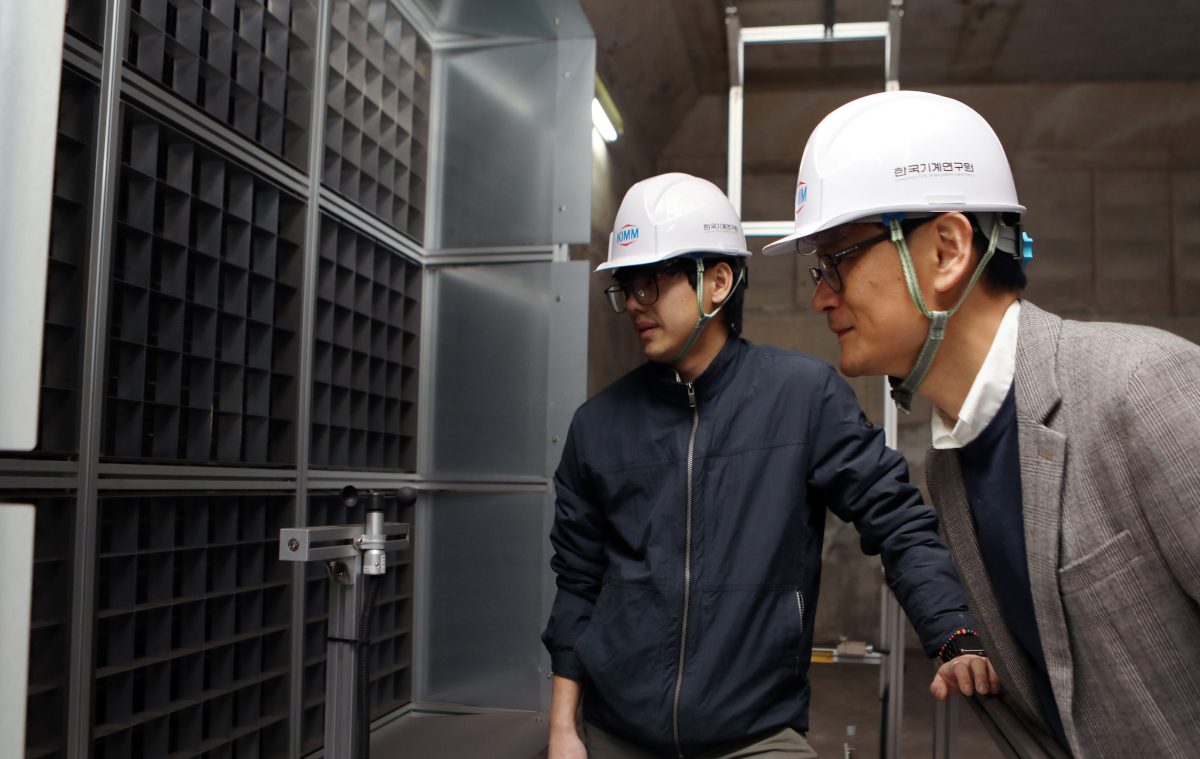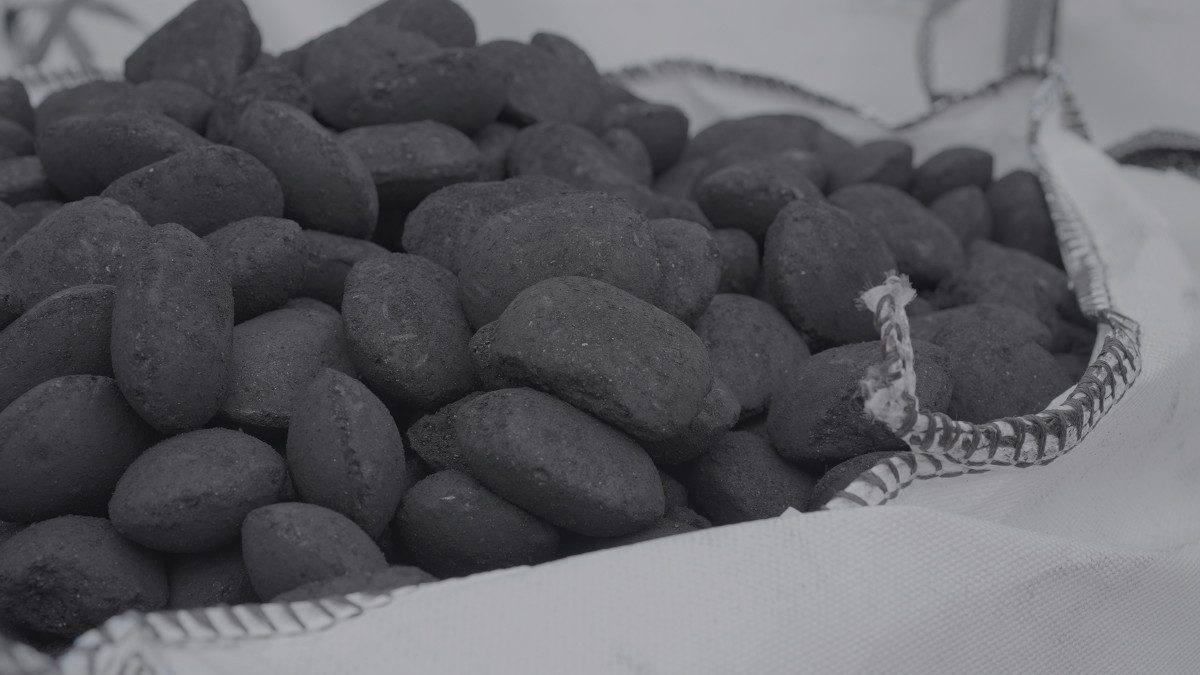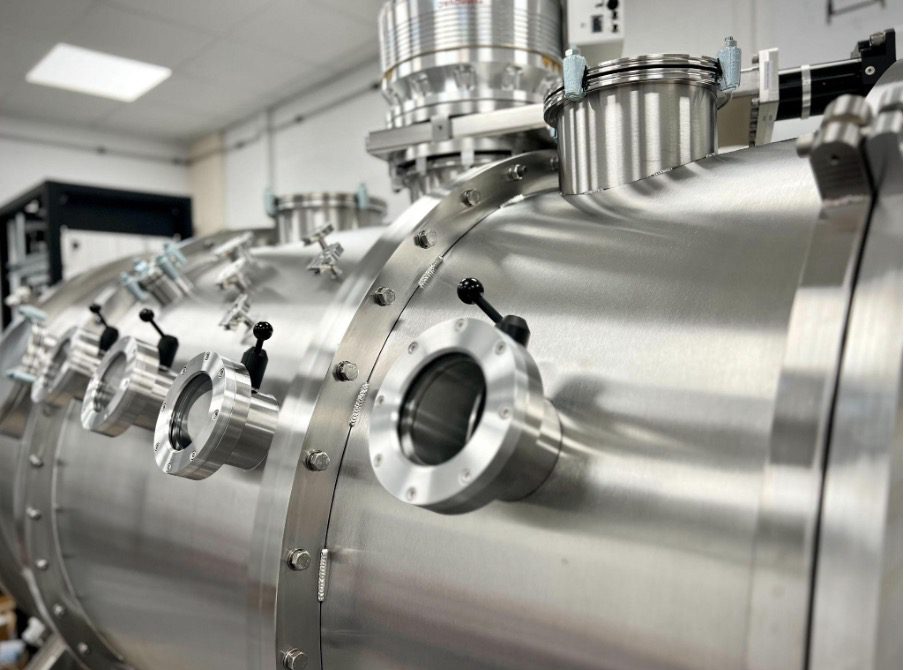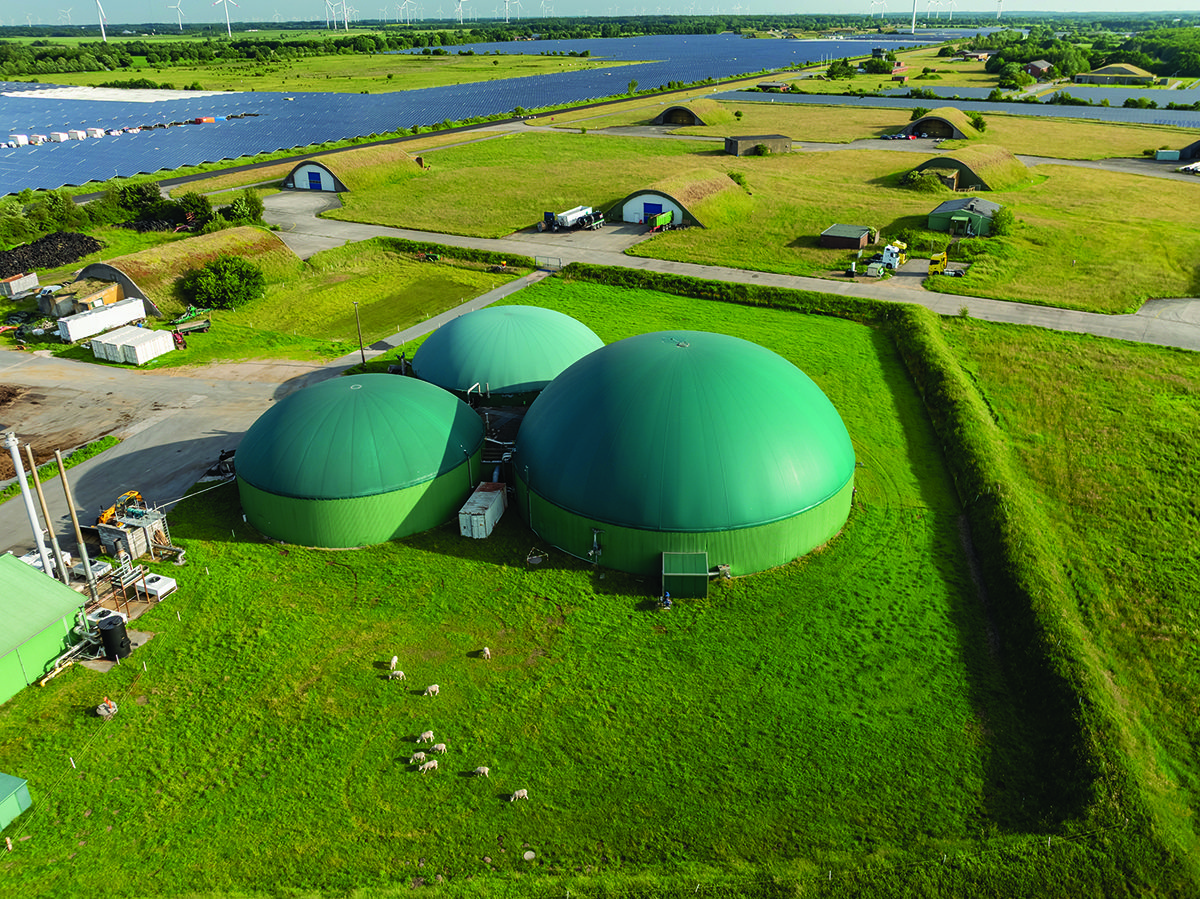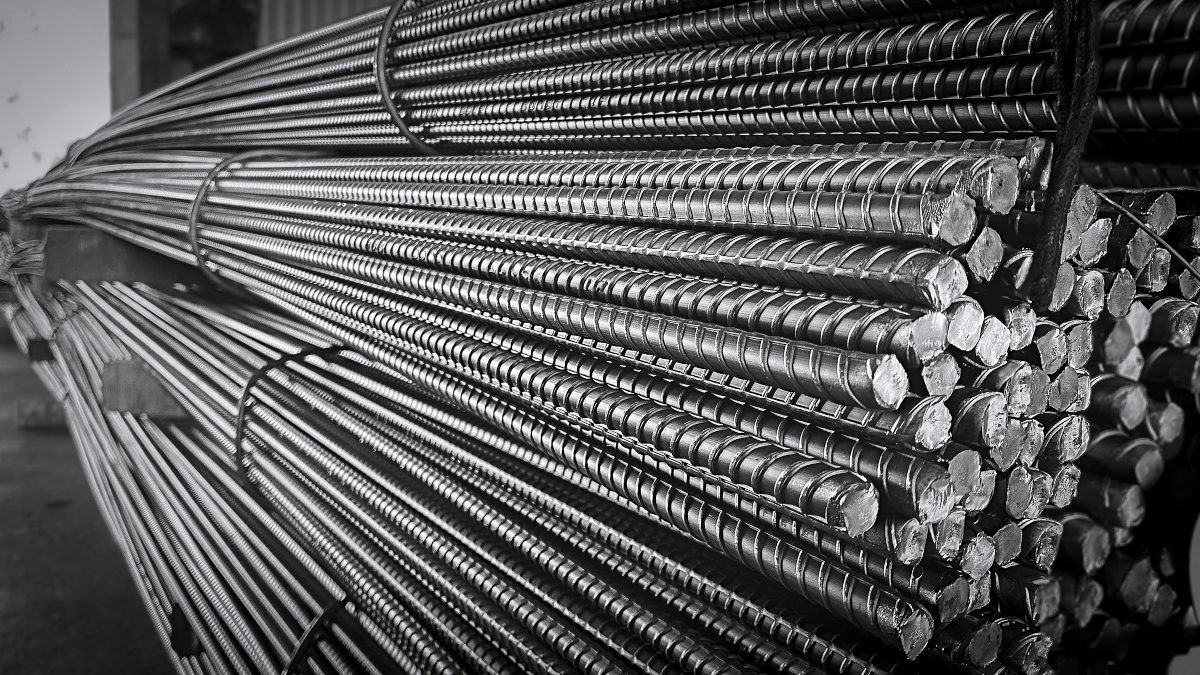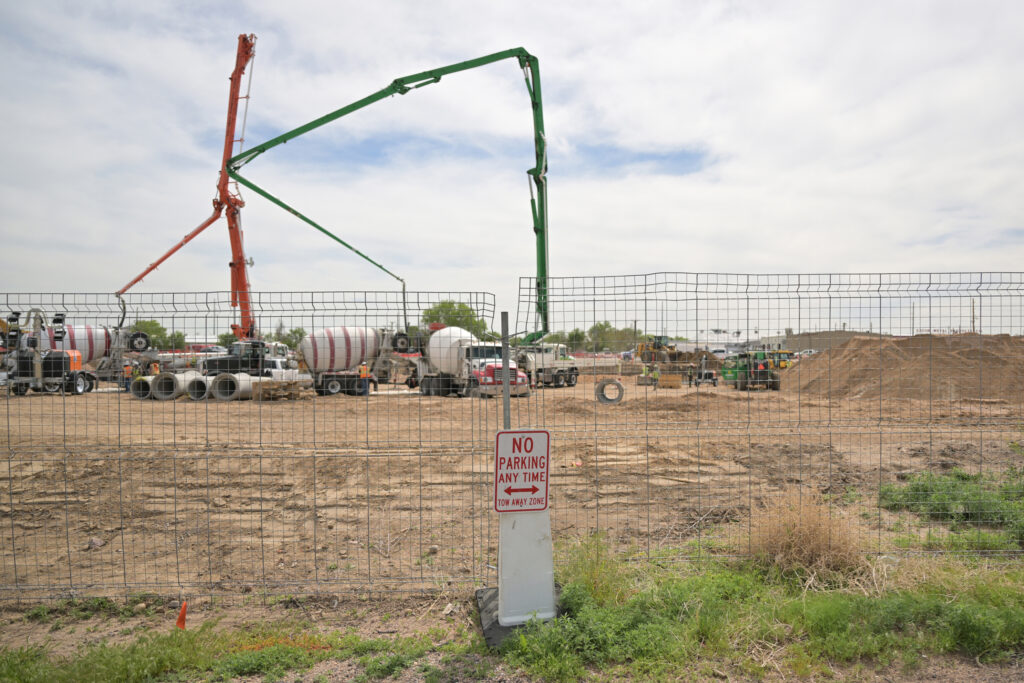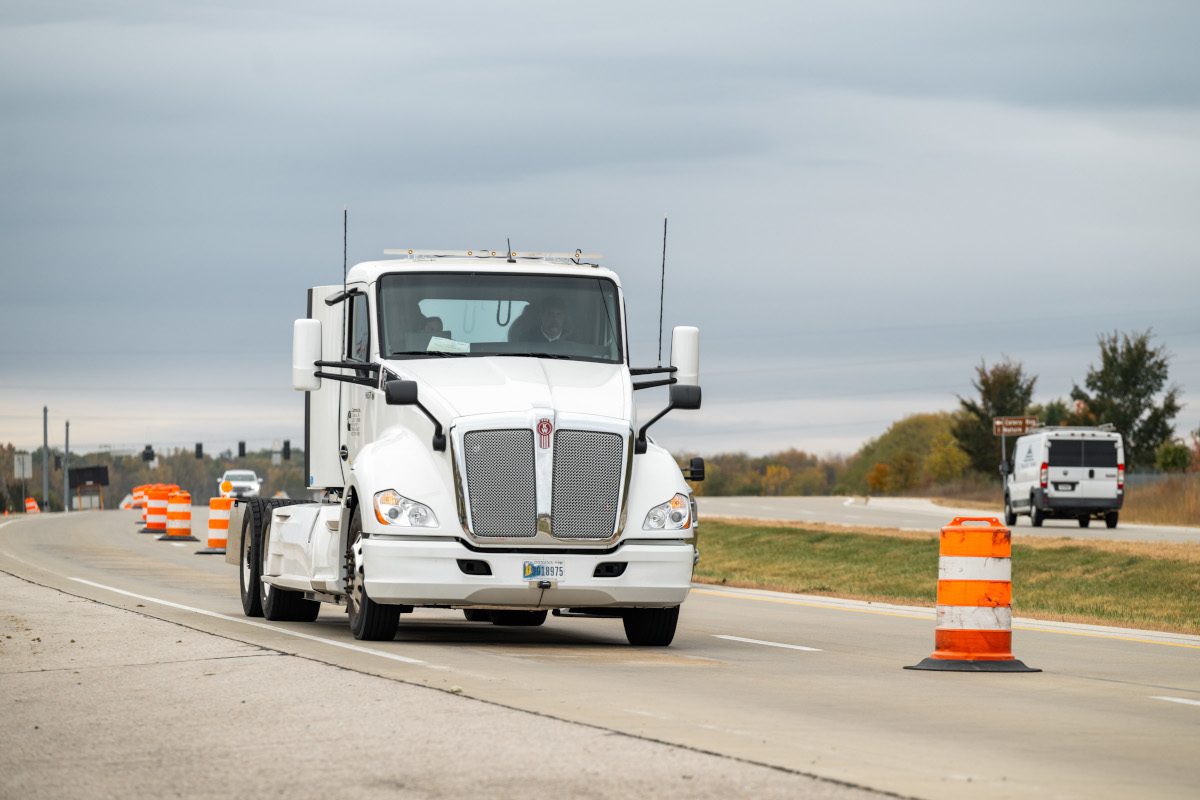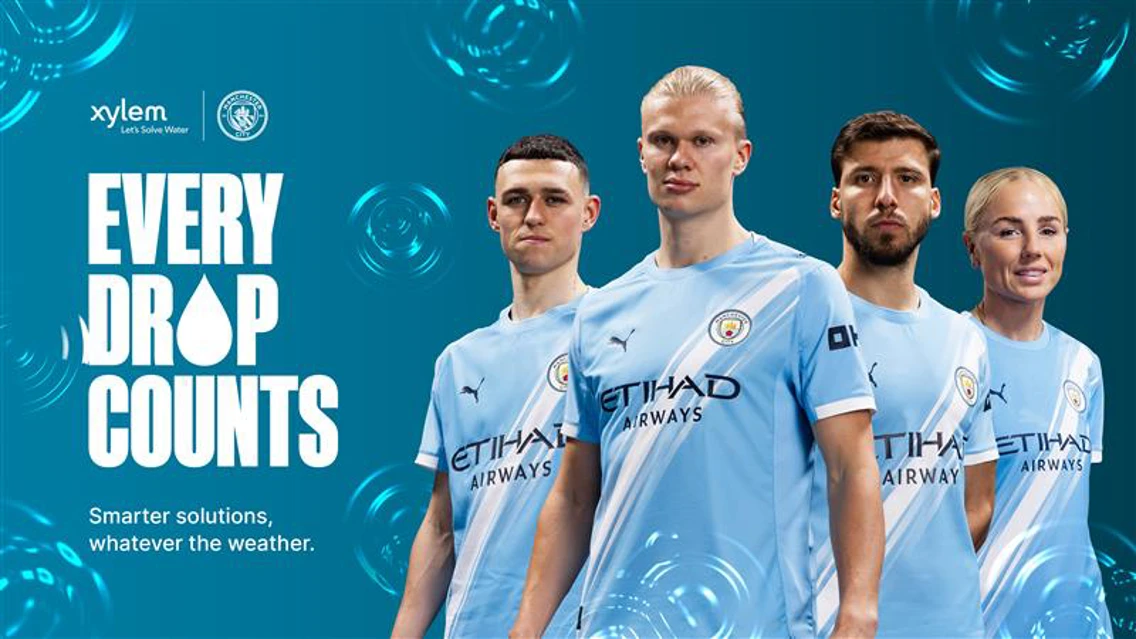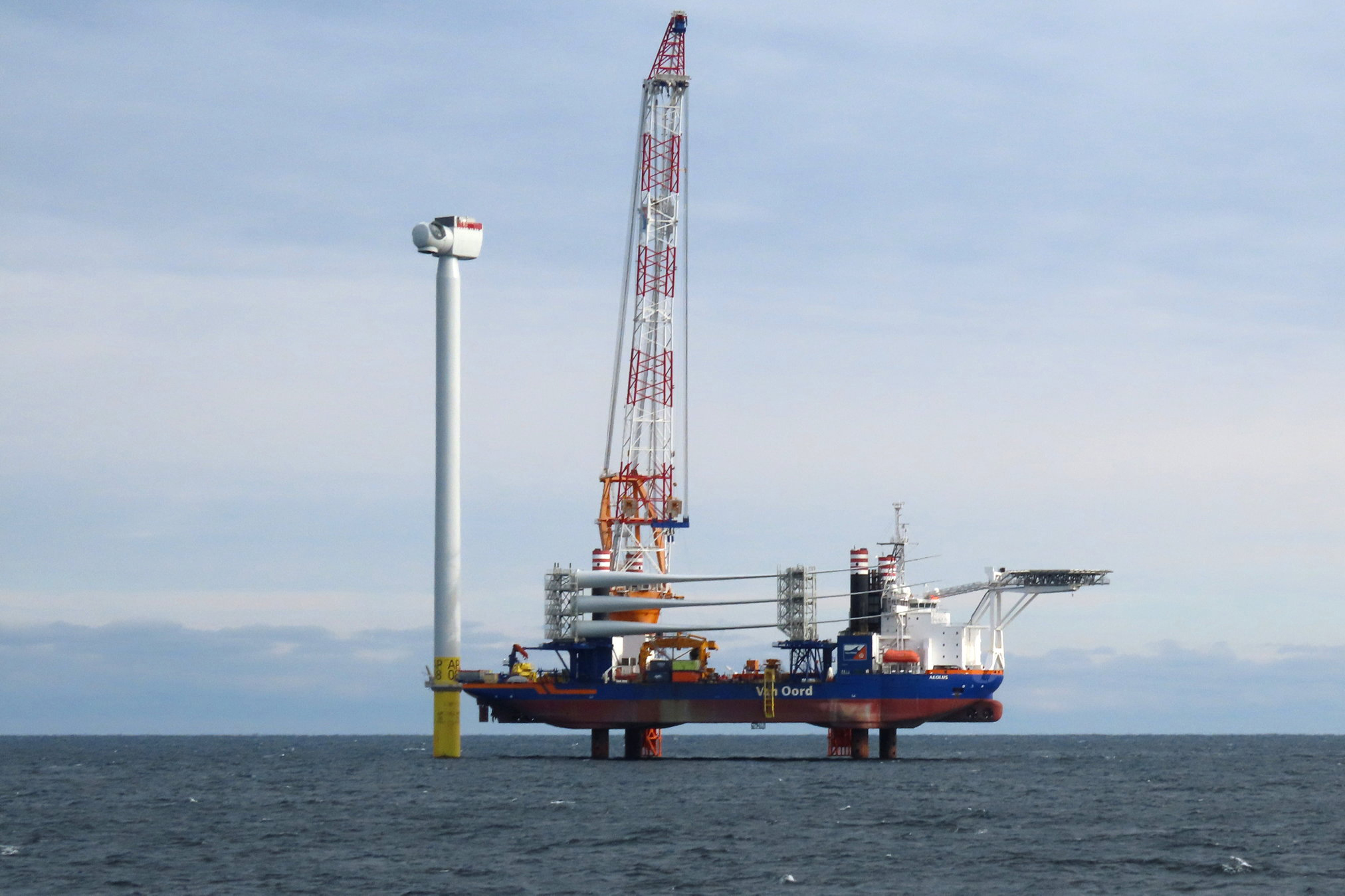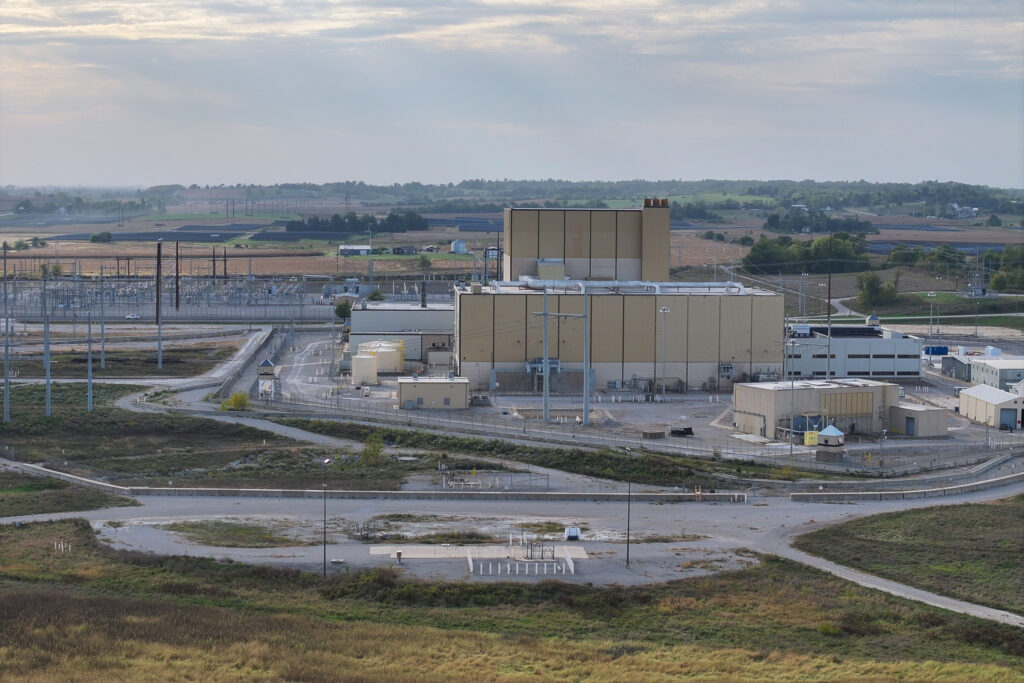A high-capacity filter-free ultrafine particle reduction technology developed by the Korea Institute of Machinery & Materials is now being deployed (or is soon to be deployed) at a number of locations in the east Asian country, including subways, schools, department stores, and other large public facilities.
The approach dispenses with filters, instead relying upon electrostatic forces – but managing to do so without noticeable ozone generation. By incorporating microfibre discharge electrodes and non-metallic carbon plates, says the group, the system operates with a low current yet removes more than 90% of ultrafine particles.
It effectively resolves the ozone issue inherent in conventional electrostatic methods, with an ozone emission level below 5 ppb—only one-tenth of the concentration found in general atmospheric conditions.
KIMM says the technology is particularly effective in large spaces, offering efficient air purification without the drawbacks of traditional filter-based systems. Conventional air purifiers with filters suffer from decreased airflow due to clogging and require costly replacements. In contrast, this approach does not seem to obstruct airflow, enabling the efficient purification of large volumes of air while dispensing with the need for filter replacement, and so significantly reducing maintenance costs. In subway tunnel applications, the system does not require ducts, cutting manufacturing costs by more than 30%.
The group says the technology has been successfully tested in subway tunnels at Seodaejeonnegeori Station, Oryong Station, and Jung-gu Office Station in Daejeon. A filter-free air purifier designed for schools is also under CA certification process and is set for wider deployment, with pilot installations currently underway in an elementary school in Busan. Additionally, a pilot test in the HVAC system of a department store in Gyeonggi-do confirmed its fine particulate matter reduction effectiveness in commercial settings.
Principal Researcher Dr. Hak Joon Kim of KIMM stated, “This is the only technology that has fundamentally solved the ozone emission issue, which has long been a barrier to applying electrostatic methods indoors. Moreover, it is economically viable, reaching the break-even point within approximately three years after initial deployment.” He added, “We are preparing for broader adoption through the Designation of Innovative Products, KC Certification for electrical safety, and CA Certification for air purifiers.”



